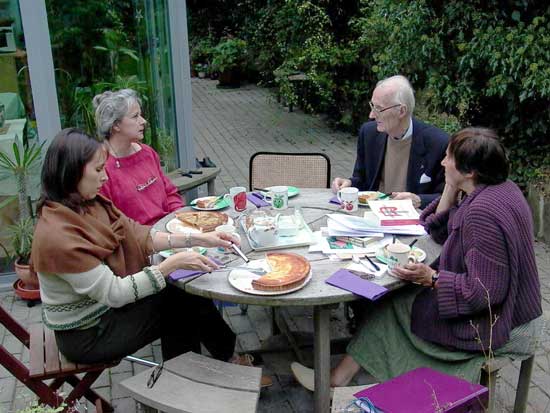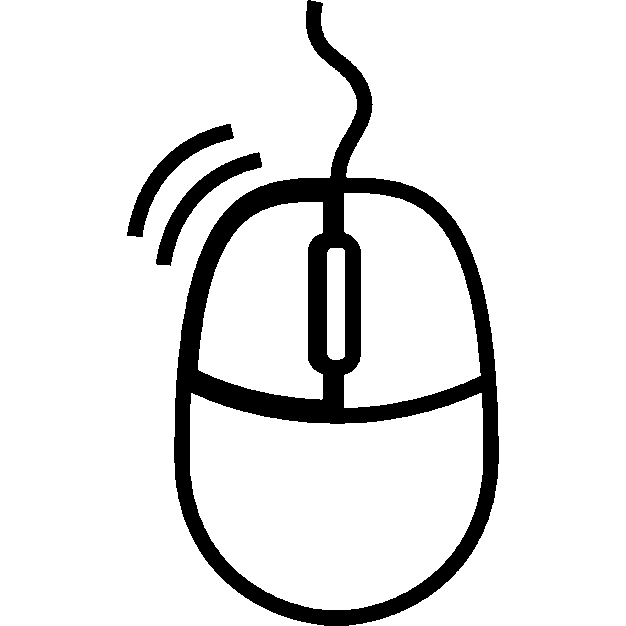... and how we finally contacted Emmanuel Hanquet in Belgium ...

… to make a long story short, it is Father Hanquet — in 2002 — that found me at an 'Old China Hands' meeting organized by our national TV Broadcast Company in Belgium for a documentary series relating to old films and pictures found in people’s archives at home. My modest contribution was by one of my dad's old 16 mm amateur films. Dad was a banker in China, but since childhood he was a competent and keen amateur photographer and always kept himself up to date as to the new techniques of the time. In the pile of 16 mm film reels of family movie, there was a ±5-minute sequence in black and white images about the Kailan Mining Co. The problem was that ― in 2002 ― when we opened the metal box containing the film, a strong smell of vinegar was diffused in the air. It is called: "the nitrate films and vinegar syndrome degradation in audiovisual collections and archives".
It then became a ― just in time ― renovation process. The precious film was sent to a specialised laboratory in London and entirely recopied … image by image and the film is now preciously safeguarded by our national TV archive department for further use.
I found, in Dad's old letters to his family in Belgium (April 21, 1941) that he went to Tongshan, invited as "the" banker and that he was fed up (he wrote) ... by all the receptions, diners and cocktails and that he was happy to be back home in Tientsin. That he took the opportunity ― from Tongshan ― to send many "liebesgaben" parcels to the family and friends in Belgium (24 in all) and that he was more than fed up with the North China climate and the yellow sandstorms that accompanied him during the whole return trip back home. I was born the next day.
He does not mention the making of the movie but the reasonable guess is that it is dated: April 1941.
(silent movie = dont look for the sound) ... © https://www.sonuma.be/
By the way, the liebesgaben parcels are the German equivalent to our Red Cross Parcels and as Belgium was starving in those difficult days, our parents (and many others of our community in China) sent food parcels to our families in Europe via the Siberian route. This system worked very well until: Operation Barbarossa ― June 22, 1941 ― when Hitler decided to invade Russia. The Siberian route was then definitely closed. No more food parcels … No more letters …
Let us come back to the year 2002.
So we were at this Chinese restaurant, crowded with "Old China Hands" and TV officials and I had to make a comment relating to my dad's movie about the Kailan Mining Co. The TV folks (Mr. André Huet - émission "Inédits"- RTBF) explained how the film had been restored ― in the nick of time and how precious it was since it was the only filmed representation of the China Kailan Mines available. Towards the end of the projection and after having replied to a few questions, a man at the far end of the room asked ― loudly ― if anybody in this room was Leopold Pander.
Yes! I replied.
Aha aa! Said the man and he added: I held you in my arms when you were still a baby, and that was in Weihsien.
Remember?
Of course I didn't !
It was Father Emmanuel Hanquet.

... in September of the same year, we had a briefing with Father Emanuel Hanquet at Corroy-le-Grand, (Google Earth = 50° 40'25,05N 4°41'08,44E). We had tea and local tarts including cheese tart, a speciality of the region. We shared the few documents we had about Weihsien and Father Hanquet spoke lenghtly about the Camp and the people who lived in it. In the photos (above link) you can recognize Father Hanquet, my sister Janette and me. Also, Nicky, my wife and Catherine, Janette's daughter.
Leopold.
THE TART
Basic recipe
(To make one average pie of 27 cm.)
200 gr of flour --- 15 to 20 gr of yeast --- 1 sprinkle of salt --- 50 gr of butter --- 20 gr of sugar --- 1 egg --- 1 dl of milk --- (6 soup spoons of milk + 1 soup spoon of oil).
Work with a big pastry board or on a table. Sift the flour. Make a little well in the middle. Sprinkle the salt on the edges.
Dilute the yeast in a soup spoon with warm milk in which a bit of sugar has been added. Pour it in the well and recover it with a bit of flour. Leave it alone for a few minutes so that the yeast can rise a little. Whip the egg and add it in the well, with the warm milk, the oil and the sugar. Work the pastry with your hands while adding slowly and regularly the flour until the pastry gets “consistent and soft”. Beat the pastry with your finger tips so as to incorporate air in it. When that is done, incorporate the softened butter and the rest of the flour. Knead the pastry without letting it get hard and then make it rise during 20 minutes with the help of a little warmth.
Spread the pastry to the size of the platinum round cake pan and cut off the excess pastry with the pastry roller. With a fork, prick several times at the bottom of the pie. Let the pastry rise 20 minutes more. Put in whichever trimming you have chosen, and cook the whole during 15 to 20 minutes in the oven at 200° - 225°C.
After the cooking, remove the pie from the cake pan and let it cool down on a grid.
Nota Bene : When working with small amounts of flour, more or less 200 to 400 gr of flour, we suggest you get the yeast to rise separately in a bowl. The yeast is diluted in a little amount of warm milk in which one coffee spoon of sugar has been added. The bowl on which a cover has been placed must be put in a Bain Marie or at the entrance of the pre-heated oven.
THE CHEESE TART FROM WAVRE
(Wavre is more or less 10 kms. away from Chaumont-Gistoux).
- for two pies;
Prepare the pastry with 500 gr of flour --- 500 gr. of apples, cooked, mashed and sugared ---500 grs. of white cheese well drained --- 300 gr of icing sugar --- 6 eggs (only the yellow)--- 50 gr of finely grinded almonds --- 40 gr maïzena --- and the 6 whites of the eggs beaten up in snow, to be incorporated. ---
When the pie is ready to be cooked, spread on the bottom of the cake pan, a thin layer of apple compote. Recover that, with the mixture of white cheese, sugar, almonds, and the eggs. Cook in the oven at 220°C during 20 to 30 minutes.
In Chaumont-Gistoux, (our village) the apple compote is replaced by apricot compote.
For a non-specialist, (that’s me!!) I think that the difficulty, or, should I say the “art” of the “tarte au fromage” is the consistence of the cheese. If the white cheese is too dry, it is complicated to swallow and you have to masticate and drink a lot of tea to get it down. Now, if the tea is too hot, that’s another problem I won’t discuss about over here!
If the white cheese is too wet, it is a catastrophe because when you cut the pie, ---- ! . It’s a mess and it drips everywhere.
And, finally, if the consistence of the cheese is just as it should be, it all goes down smoothly, --- your eyes twinkle with satisfaction and you can’t help looking at the mistress of the house with a large smile for another piece of the “tarte au fromage de Chaumont-Gistoux”.
#






